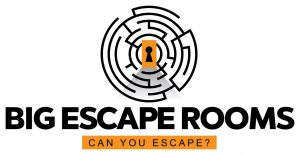Creating the Perfect Escape Room: A How-To Guide
Escape rooms have emerged as a popular and immersive form of entertainment, offering participants an exciting and interactive experience where they must solve puzzles, decipher clues, and unravel mysteries within a confined and thrilling environment. Designing the perfect escape room requires careful planning, creative vision, and meticulous attention to detail. In this comprehensive guide, we will delve deeply into every facet of creating an exceptional escape room—from initial conceptualization to operational execution and beyond.
Part 1: Conceptualization and Planning
1. Define Your Theme and Narrative
The foundation of a captivating escape room lies in a well-defined theme and narrative. Begin by selecting a theme that will resonate with your target audience—whether it’s a chilling haunted mansion, an exhilarating spy mission, an adventurous archaeological expedition, or a futuristic space odyssey. The theme sets the tone and provides the framework for the escape room’s storyline. Develop a detailed narrative that will unfold progressively throughout the experience, incorporating intriguing characters, plot twists, and clear objectives for players to accomplish by the end of the game.
2. Establish Clear Objectives and Player Experience
Define the overarching objectives of your escape room. Consider the emotions and experiences you want to evoke in players—from curiosity and excitement to a sense of accomplishment and triumph. Tailor puzzles and challenges to align with the narrative and desired player experience. Ensure that each puzzle contributes meaningfully to the storyline and engages participants in a cohesive and immersive gameplay flow.
3. Design Puzzle Flow and Difficulty Progression
Map out the sequence of puzzles and challenges to create a balanced and rewarding experience for participants. Start with introductory puzzles that gently ease players into the game, gradually increasing the difficulty and complexity as they progress. Incorporate a variety of puzzle types, including logic puzzles, riddles, physical challenges, interactive tasks, and technology-driven interactions. Strive for a smooth difficulty progression that caters to both novice and experienced players, keeping them engaged and intrigued throughout the adventure.
4. Sketch Room Layout and Game Elements
Create a detailed floor plan that optimizes space and supports the chosen theme. Consider the physical layout of the room, including entry and exit points, puzzle locations, and potential hiding spots for clues. Allocate areas for props, decorations, and interactive elements that enhance immersion and contribute to the storyline. Visualize how players will navigate through the room and interact with game elements to advance the narrative and solve puzzles.
5. Consider Immersive Details
Incorporate immersive details into your escape room design to enhance the overall experience. Think about incorporating thematic props, realistic set designs, and atmospheric lighting and sound effects that transport players into the world of your theme. Pay attention to small details that can make a big difference in creating an engaging and believable environment for your players. For example, use authentic-looking documents, period-appropriate furnishings, and hidden compartments that add depth to the storyline.
6. Develop Compelling Backstories and Characters
To enrich the escape room experience, create compelling backstories for the setting and characters involved. Develop narratives that provide context for the puzzles and immerse players in a richly detailed world. Introduce memorable characters, each with their own motivations and secrets, to add depth to the storyline. Incorporate character interactions and dialogue that reveal clues and advance the plot, encouraging players to uncover the mysteries hidden within the escape room.
7. Research and Gather Inspiration
Expand your creative horizons by researching existing escape rooms, immersive theater experiences, and puzzle games. Attend escape rooms as a player to gain insights into gameplay mechanics, narrative techniques, and design elements. Draw inspiration from diverse sources, including literature, movies, history, and pop culture, to infuse unique and captivating elements into your escape room design.
8. Establish Budget and Timeline
Set a realistic budget and timeline for your escape room project. Consider expenses related to room construction, props, technology, marketing, and operational costs. Allocate resources efficiently to ensure that your escape room meets quality standards without exceeding budget constraints. Create a detailed timeline that outlines key milestones, from concept development and puzzle design to room construction and launch preparations.
9. Consider Regulatory and Safety Requirements
Research local regulatory requirements and safety standards applicable to escape room operations. Ensure compliance with building codes, fire safety regulations, and accessibility guidelines. Prioritize the safety of participants by conducting thorough risk assessments and implementing appropriate safety measures throughout the escape room design and operation.
10. Collaborate with a Diverse Team
Assemble a multidisciplinary team of designers, storytellers, puzzle creators, artisans, and technical experts to bring your escape room concept to life. Foster collaboration and creativity by leveraging the unique skills and perspectives of each team member. Encourage open communication and brainstorming sessions to generate innovative ideas and solve design challenges effectively.
11. Conduct Market Research and Analysis
Conduct market research to identify target demographics, competitive landscape, and consumer preferences in the escape room industry. Analyze trends and customer behavior to inform strategic decisions regarding theme selection, pricing strategies, and promotional campaigns. Use market insights to differentiate your escape room offering and attract a loyal customer base.
12. Develop a Marketing Plan
Create a comprehensive marketing plan that outlines strategies for promoting your escape room before and after launch. Leverage digital marketing channels, such as social media, email newsletters, online advertising, and influencer partnerships, to build anticipation and generate buzz. Collaborate with local businesses, event organizers, and tourism agencies to expand your reach and attract a diverse audience. Implement a user-friendly booking system on your website to facilitate reservations and enhance accessibility for potential players.
Part 2: Puzzle Creation and Implementation
1. Diverse Puzzle Selection
Develop a diverse range of puzzles to cater to different cognitive abilities and player preferences. Experiment with various puzzle formats, including ciphers, mechanical puzzles, audiovisual challenges, physical tasks, and technology-driven interactions. Integrate puzzles that require teamwork, critical thinking, observation, and creative problem-solving. Strive for a balanced mix of puzzle types to keep participants engaged and excited throughout the escape room experience.
2. Incorporate Technology and Interactive Elements
Harness technology to enhance puzzle experiences and create dynamic interactions within the escape room. Integrate sensors, RFID technology, digital locks, and audiovisual effects to surprise and immerse players in the narrative. Use interactive elements that respond to player actions, providing real-time feedback and driving the progression of the storyline. Implement hidden triggers and electronic mechanisms to add depth and complexity to puzzles, encouraging exploration and discovery.
3. Test and Iterate
Prototype each puzzle and challenge with a group of beta testers to gauge difficulty, clarity, and overall enjoyment. Collect feedback on puzzle solutions, gameplay flow, and narrative coherence. Iterate on puzzles based on feedback to refine mechanics, adjust difficulty levels, and ensure that each puzzle contributes meaningfully to the overarching storyline. Strive for a seamless integration of puzzles and narrative elements to create a cohesive and immersive escape room experience that captivates and delights players.
4. Implement Surprise Elements
Incorporate surprise elements and unexpected twists into your puzzles to keep players engaged and excited. Use hidden compartments, secret passages, and interactive props that trigger surprising effects or reveal hidden clues. Design puzzles that require outside-the-box thinking and encourage players to explore every corner of the room. The element of surprise adds an extra layer of excitement and intrigue to the escape room experience.
5. Enhance Puzzle Replayability
Consider designing puzzles with multiple solutions or branching paths to
increase replayability and encourage players to return for another round. Integrate Easter eggs or bonus challenges that can be discovered on subsequent visits. Create alternate puzzle routes or outcomes based on player choices, offering different experiences each time they play. Reward exploration and creativity by providing additional layers of depth to the escape room’s storyline.
6. Design Puzzle Integration with Narrative
Ensure that each puzzle integrates seamlessly with the escape room’s narrative and theme. Use puzzle solutions to unveil plot twists, reveal character motivations, or uncover hidden secrets. Align puzzle objectives with the overarching storyline, encouraging players to actively participate in unraveling the mystery. Maintain narrative consistency throughout the escape room experience to create a cohesive and immersive adventure.
7. Build a Puzzle Library
Create a comprehensive puzzle library with a wide range of puzzle ideas and concepts. Document puzzle mechanics, solution paths, and thematic variations to streamline puzzle selection and implementation during escape room development. Continuously expand your puzzle library by brainstorming new ideas, adapting classic puzzles, and experimenting with innovative puzzle formats to keep your escape room fresh and engaging.
8. Consider Accessibility and Inclusivity
Ensure that puzzles and interactions accommodate participants with diverse abilities and preferences. Provide alternative puzzle solutions, tactile clues, or audio-based challenges for players with specific needs. Strive to create an inclusive and accessible escape room experience that welcomes participants from all walks of life.
Part 3: Set and Prop Design
1. Create Immersive Environments
Curate props, decorations, and set pieces that enhance immersion and reinforce the chosen theme. Pay meticulous attention to detail by using authentic props, thematic decor, and atmospheric lighting. Design thematic elements that evoke a sense of place and time, transporting players into the world of the escape room. Experiment with ambient soundscapes and dynamic lighting effects to create a captivating atmosphere that heightens the overall experience.
2. Incorporate Hidden Compartments and Mechanisms
Surprise and intrigue players by incorporating hidden compartments, secret passages, and clever mechanisms into the room design. Use magnetic locks, concealed switches, and unexpected reveals to reward exploration and observation. Design props with dual functionalities, allowing for interactive manipulation and revealing hidden clues. Encourage curiosity and creativity among participants by incorporating interactive elements throughout the escape room, fostering a sense of discovery and excitement.
3. Ensure Durability and Safety
Select durable materials for props and set decorations that can withstand repeated use by participants. Prioritize safety by ensuring that all props are free from sharp edges, potential hazards, and fragile components. Conduct thorough safety checks and maintenance routines to uphold the integrity of the escape room environment. Implement clear guidelines for handling props and interacting with game elements to ensure a safe and enjoyable experience for all players.
4. Personalize Player Experience
Incorporate personalization into your escape room design by allowing players to make meaningful choices or discover personalized elements based on their actions. Use player names or unique identifiers to trigger custom interactions or hidden content within the game. Create memorable moments that resonate with players on a personal level, enhancing their emotional connection to the escape room experience.
5. Iterate Based on Player Feedback
Gather feedback from players after each escape room session to identify areas for improvement in set design and prop interactions. Use player insights to refine room layouts, enhance thematic elements, and optimize the overall player experience. Continuously iterate on set and prop design based on feedback to ensure that every aspect of the escape room contributes to a memorable and immersive adventure.
6. Leverage Artistic and Technical Expertise
Collaborate with skilled artisans, carpenters, and technologists to bring your set and prop designs to life. Leverage their expertise to create custom-built elements that enhance immersion and functionality within the escape room environment. Incorporate artistic flourishes and technical innovations to surprise and delight participants, elevating the overall quality of the escape room experience.
Part 4: Execution and Operation
1. Train Competent Game Masters
Provide comprehensive training for game masters who will oversee gameplay, monitor player progress, and facilitate the experience. Game masters should be knowledgeable about the storyline, puzzle solutions, and player dynamics. Equip game masters with effective communication skills and troubleshooting techniques to ensure a seamless and enjoyable experience for participants.
2. Develop an Engaging Introduction and Conclusion
Design a captivating introduction that immerses players in the narrative and sets the stage for the adventure ahead. Use storytelling techniques, thematic cues, and interactive elements to create anticipation and excitement. Similarly, craft a satisfying conclusion that wraps up the storyline and rewards players for their efforts. Incorporate a sense of accomplishment and closure into the finale of the escape room experience, leaving players with a lasting impression.
3. Implement Monitoring Systems
Install monitoring systems such as cameras and audio devices to observe player interactions discreetly. Use these systems to track progress, provide timely hints, and ensure fair gameplay. Maintain a balance between player autonomy and strategic guidance, offering assistance when needed without compromising the challenge of the puzzles. Continuously monitor and adjust game parameters to optimize the experience for all participants, ensuring a memorable and enjoyable escape room adventure.
4. Solicit Feedback and Iterate
Encourage players to provide feedback after completing the escape room experience. Use this feedback to identify areas for improvement and refine the gameplay, puzzles, and overall design. Continuously iterate and update your escape room based on player input and industry trends to keep the experience fresh and engaging for both new and returning players.
5. Establish Marketing Strategies
Develop comprehensive marketing strategies to promote your escape room and attract a diverse audience. Utilize social media platforms, email marketing, and partnerships with local businesses to increase visibility and reach potential players. Create engaging promotional content, such as teaser videos, behind-the-scenes footage, and customer testimonials, to generate excitement and curiosity. Implement online booking systems and interactive features on your website to streamline the reservation process and enhance accessibility for potential participants.
Part 5: Marketing and Customer Experience
1. Build a Strong Online Presence
Create a professional website and leverage social media platforms to promote your escape room. Share teaser videos, behind-the-scenes content, and customer testimonials to generate interest and attract new players. Implement online booking systems and interactive features to streamline the reservation process and enhance accessibility for potential participants.
2. Focus on Exceptional Customer Service
Prioritize excellent customer service throughout the entire customer journey. Provide clear instructions, timely responses to inquiries, and personalized interactions to create a positive and memorable experience. Gather feedback from players and use it to continuously improve the escape room experience, demonstrating a commitment to customer satisfaction and quality.
3. Encourage Repeat Visits and Referrals
Offer incentives such as loyalty programs, discounts for group bookings, or special promotions for returning players. Host themed events, seasonal challenges, or collaborative experiences to keep the experience fresh and exciting. Encourage word-of-mouth referrals by fostering a community of passionate escape room enthusiasts and providing exceptional experiences that leave a lasting impression.
4. Collaborate with Partners and Local Businesses
Forge partnerships with local businesses, event organizers, or tourism agencies to expand your reach and attract a diverse audience. Collaborate on cross-promotional campaigns, joint events, or package deals that offer value to participants. Leverage community connections to increase visibility and establish your escape room as a must-visit attraction in the area.
5. Leverage Analytics for Continuous Improvement
Utilize analytics tools to track visitor demographics, booking patterns, and customer feedback. Analyze data to identify trends, preferences, and areas for
optimization. Use insights from analytics to refine marketing strategies, tailor promotional efforts, and enhance the overall customer experience. Continuously monitor performance metrics to measure success and drive continuous improvement in your escape room operations.
Conclusion
Designing the ultimate escape room is a labor of love that requires creativity, attention to detail, and a deep understanding of player engagement. By following this detailed guide, you’ll be well-equipped to create an immersive and unforgettable experience that captivates participants and fosters a sense of adventure. Embrace the challenge of crafting captivating puzzles, thematic narratives, and interactive environments, and watch as your escape room becomes a sought-after destination for thrill-seekers and puzzle enthusiasts alike. Remember to continuously iterate, innovate, and refine your designs based on player feedback and industry trends, ensuring that each escape room experience is a memorable journey into the unknown. Unlock the secrets of escape room design and embark on a thrilling journey of creativity and discovery!
This comprehensive guide encompasses all aspects of escape room design and operation, providing a roadmap for aspiring creators to craft exceptional experiences that leave a lasting impression. From theme development and puzzle creation to marketing strategies and customer engagement, each step is essential in creating a successful escape room venture. Implement these insights and best practices to elevate your escape room to new heights and inspire awe and excitement in every player who steps through your doors.


